MLB All-Star Game Has Become a ‘Midsummer Classic’ Dud
Baseball’s showcase used to be a big deal, but like all other professional sports leagues’ All-Star Games, it continues to decline in popularity and now exists mainly as a way to schmooze sponsors and media partners.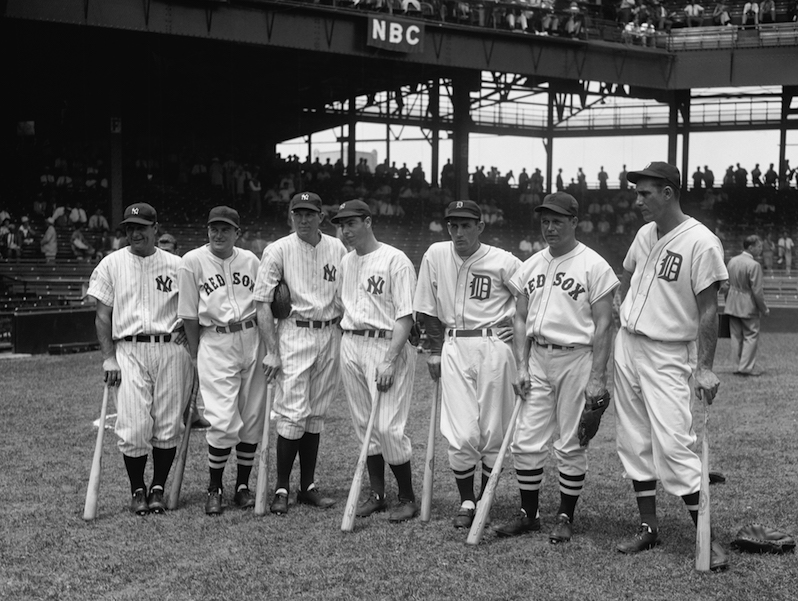 They don't make Major League Baseball All-Star Games like they used to: The 1937 American League team featured 11 future Hall of Famers, including, from left to right, Lou Gehrig, Joe Cronin, Bill Dickey, Joe DiMaggio, Charlie Gehringer, Jimmie Foxx and Hank Greenberg. (Harris and Ewing / Library of Congress)
They don't make Major League Baseball All-Star Games like they used to: The 1937 American League team featured 11 future Hall of Famers, including, from left to right, Lou Gehrig, Joe Cronin, Bill Dickey, Joe DiMaggio, Charlie Gehringer, Jimmie Foxx and Hank Greenberg. (Harris and Ewing / Library of Congress)
They don’t make Major League Baseball All-Star Games like they used to: The 1937 American League team featured 11 future Hall of Famers, including, from left to right, Lou Gehrig, Joe Cronin, Bill Dickey, Joe DiMaggio, Charlie Gehringer, Jimmie Foxx and Hank Greenberg. (Harris and Ewing / Library of Congress)
What if Major League Baseball held an All-Star Game and nobody cared?
Forget about turning out the lights. For decades, the party has been winding down for baseball’s showcase, which is still known as the Midsummer Classic (in the same sense that the 21-story Topa Financial Plaza of Oxnard, Calif., is billed as the tallest building between Los Angeles and San Jose).
The event that pulled Nielsen ratings in the mid-20s in the 1980s—comparable to World Series telecasts—hit an all-time low of 6.6 last season before dropping 18 percent to an even lower rating of 5.4 for Tuesday’s game in San Diego. (For the record, since the odds are you didn’t watch, the AL won 4-2.)
Meanwhile, the accompanying Home Run Derby, which began in 1985 but wasn’t televised live until 1998, drew an all-time high of 4.4 in 2015, suggesting that fans prefer the unadulterated exhibition to the one masquerading as a baseball game.
Nevertheless, as far as All-Star Games go, the MLB one is still the most popular. Even at record-low numbers, last year’s game handily beat the NFL’s lamer-than-lame Pro Bowl (record-low 4.5 last February) and the NBA’s All-Star Game/Kobe Bryant farewell (4.3 last February, its highest in three years).
If the question is how to fix these games, the answer would seem to be: Why bother if ever fewer fans care about them?
On the other hand, these games aren’t going anywhere.
If the league can’t put on an exciting show, they’ll settle for using the events as a venue for schmoozing sponsors, starting with their media partners.
As opposed to enhancing the brand, the leagues are at least defending it. No commissioner wants to be the first to announce, “We’re dropping the curtain on this turkey due to lack of interest.”
There was a time when these games were truly the stuff of fans’ dreams. Of course, that time was 1933 when the Chicago Tribune’s sports editor Arch Ward promoted the first one in baseball, at the behest of Mayor Edward J. Kelly, seeking to boost spirits at the onset of the Great Depression.
It took World War II to end the Depression, and baseball was as big a deal as a global war back then. The Tribune called it “The Game of the Century.” Fifty-five newspapers printed ballots for fans to vote. Babe Ruth hit a two-run home run as the American League won 4-2 in Chicago’s Comiskey Park.
The following year, the Giants’ screwball-throwing Carl Hubbell struck out five AL hitters in a row — Ruth, Lou Gehrig, Jimmie Foxx, Al Simmons and Joe Cronin, a mythical moment to rival any in the Fall Classic.
The All-Star Game is no longer the only midsummer event on the calendar. The NBA plays until mid-June, holds its draft at the end of the month and blows everyone off the front page in July, its free-agent signing period.
The NFL opens training camp at the end of July, receiving almost as much coverage as baseball even if its teams are only practicing.
Once the All-Stars were as excited as the fans. There was a real AL-NL rivalry, beginning with AL domination during the Ruth era, swinging overwhelmingly to the NL with its African-American and Latino superstars like Willie Mays, Hank Aaron and Roberto Clemente. NL dominance endured into the 1980s, sustained by the live-wire personalities of Cincinnati’s Pete Rose and Joe Morgan.
The NBA All-Star Games were never as big, but the Magic Johnson-Larry Bird rivalry kept the games competitive.
Personally, I can’t think of anything that kept the NFL’s Pro Bowl interesting, coming as it did after a season when everyone was ready for something else.
Worse, real football was savage. Since no one wanted to get hurt in an exhibition, Pro Bowl games were like two-hand touch. The best it has come up with is having former stars, like Jerry Rice and Michael Irvin, choose up teams — suggesting the NFL’s problem with this game is insuperable.
Unfortunately for MLB, with more stature came the peril of taking a bigger fall.
Things had been running downhill years before the 2002 game came to Milwaukee. That game went into extra innings, tied 7-7. National League manager Bob Brenly and the AL’s Joe Torre were each down to their last pitcher, Seattle’s Freddy Garcia and Philadelphia’s Vicente Padilla. Both worked a scoreless 10th inning when the umpires informed Commissioner Bud Selig — the Milwaukee used-car magnate who also owned the Brewers — they had a problem.
With a famous what-can-I-do shrug of both hands, Selig had the public address announcer tell the crowd that the game would be called if it was still tied after the 11th.
Padilla and Garcia each retired the side and the All-Star Game had its first tie.
Having served himself up to the nation’s press like a Thanksgiving turkey, Selig put on his thinking cap, coming up with the present format in which the winning league gets home-field advantage in the World Series.
“The game had become dull,” Selig said, acknowledging issues that went beyond the part he played in them. “Worse than that, players didn’t want to play. People didn’t want to go.”
Not that he made it all better.
The AL won in 2003, meaning the Florida Marlins had to open in Yankee Stadium. They went on to beat the Yankees anyway, 4-2.
The downward slide in TV ratings continued. The event that averaged a 21 in the 1980s has averaged 6.8 for the last five.
Only the league office, the teams’ publicity departments and fans in excitable cities like Kansas City — which voted in its entire team except for Mike Trout — and Chicago — where fans voted in the entire Cub infield — care a fig.
Managers and pitchers are more interested in their own rotations. Aces named to the All-Star team commonly start the Saturday and Sunday before the Tuesday game, effectively scratching them from consideration.
Once greats proved it in the All-Star Game as in 1965 when the NL won 2-1, with Sandy Koufax going the first three innings, Jim Bunning going two, Juan Marichal going three and Gaylord Perry going the last two.
This year, five starters selected as All-Stars — Max Scherzer, Madison Bumgarner, Noah Syndergaard, Stephen Strasburg and Danny Salazar — pitched on the weekend, suffered minor ailments or will be held out at their team’s request to manage their innings. (Two others, the Dodgers’ Clayton Kershaw and the Blue Jays’ Marco Estrada, went on the disabled list earlier this year.)
On the other hand, with 13 healthy AL pitchers — including relievers Dellin Betances, Brad Bach, Zach Britton, Alex Colome, Will Harris, Kelvin Herrera and Andrew Miller — and 14 on the NL roster — including relievers Jeurys Familia, Kenley Jansen, Fernando Rodney, A.J. Ramos and Mark Melancon — they’re not likely to have another tie, unless it goes 15 innings.
Your support matters…Independent journalism is under threat and overshadowed by heavily funded mainstream media.
You can help level the playing field. Become a member.
Your tax-deductible contribution keeps us digging beneath the headlines to give you thought-provoking, investigative reporting and analysis that unearths what's really happening- without compromise.
Give today to support our courageous, independent journalists.
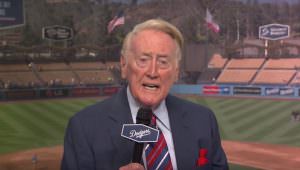

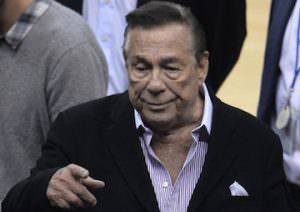
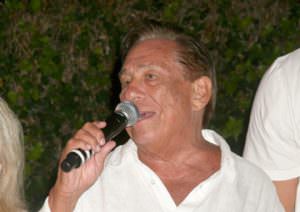
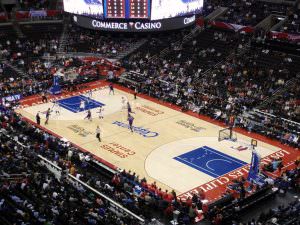
You need to be a supporter to comment.
There are currently no responses to this article.
Be the first to respond.